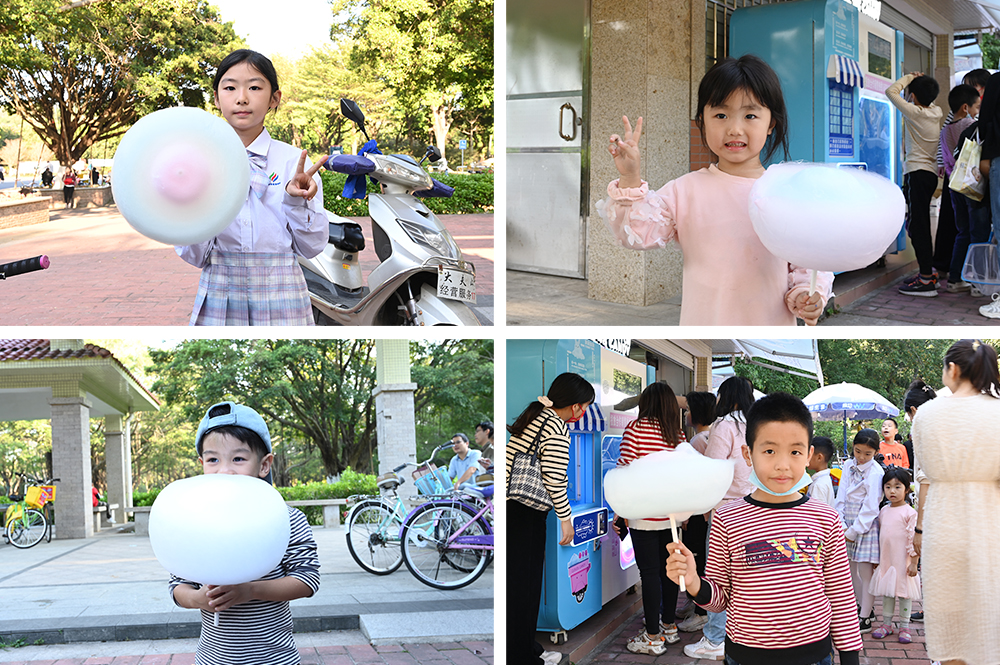Polyethylene (PE) bags and liners have become essential materials in industries worldwide, thanks to their versatility, durability, and cost-effectiveness. From packaging to transportation and storage, PE bags and liners are used in a multitude of applications. This article delves into what PE Bag Manufacturer are, their types, benefits, and common uses. We’ll also address frequently asked questions to provide a comprehensive understanding of this indispensable product.
What Are PE Bags and PE Liners?
PE (Polyethylene) bags and liners are flexible packaging materials made from polyethylene, one of the most widely used plastics in the world. Polyethylene comes in different densities—Low-Density Polyethylene (LDPE), High-Density Polyethylene (HDPE), and Linear Low-Density Polyethylene (LLDPE)—each offering varying properties and applications.
PE bags can be simple plastic bags used for retail purposes or heavy-duty liners that protect industrial materials from contamination, moisture, and other environmental factors. PE liners are commonly placed inside containers such as drums, boxes, or large bags to provide an extra layer of protection, especially in industries dealing with powders, liquids, or chemical substances.
Types of PE Bags and Liners
The variety of PE bags and liners available caters to a wide range of needs. Some common types include:
- LDPE Bags/Liners: Known for their flexibility and toughness, LDPE bags are commonly used in food packaging, clothing, and general retail. They are resistant to impact and moisture but can tear more easily than HDPE.
- HDPE Bags/Liners: HDPE bags are stronger and more rigid than LDPE bags, offering excellent resistance to punctures and chemicals. These are often used in grocery bags, trash bags, and construction liners.
- LLDPE Bags/Liners: LLDPE provides a balance between strength and flexibility, often being used for stretch wraps, agricultural films, and industrial packaging.
- Anti-Static PE Bags: These bags are treated to prevent static electricity build-up, making them ideal for packaging electronic components that are sensitive to electrostatic discharge.
- Gusseted PE Bags: These bags are designed with extra folds (gussets) on the sides or bottom, allowing them to expand to accommodate bulkier items. They are commonly used in food and industrial applications.
- Conductive PE Liners: These liners are used in specific applications, such as the packaging of flammable liquids or sensitive electronics, where electrostatic discharge could be dangerous.
Key Benefits of PE Bags and Liners
PE bags and liners offer a range of benefits, making them popular across industries. These include:
- Cost-Effective: Polyethylene is a relatively inexpensive material, making PE bags/liners a cost-effective packaging solution for businesses.
- Durability: PE bags are known for their toughness, withstanding various environmental factors like moisture, chemicals, and temperature fluctuations.
- Versatility: Whether it’s food packaging, industrial materials, or hazardous chemicals, PE bags and liners can be customized to meet specific requirements.
- Lightweight: Despite their strength, PE bags are lightweight, reducing transportation costs and making them easier to handle.
- Recyclability: Polyethylene is one of the most recyclable plastics. Many PE bags and liners are collected and processed into new products, contributing to sustainability efforts.
- Customizable: PE bags and liners can be manufactured in a variety of sizes, thicknesses, and colors to suit specific applications. They can also be printed with logos, instructions, or branding.
Common Applications of PE Bags and Liners
PE bags and liners are ubiquitous in daily life and various industries due to their versatility. Below are some of the most common applications:
- Food Industry: PE Liners For Packaging are widely used for food packaging, especially for perishable items. They provide an effective barrier against moisture, oxygen, and contamination, ensuring the freshness and safety of food products.
- Agriculture: Farmers use PE liners to store and protect crops, seeds, and fertilizers. These liners help shield agricultural products from moisture, pests, and other contaminants.
- Construction: In construction, PE liners are often used to protect materials like cement, sand, and gravel from moisture. They also serve as vapor barriers in foundations to prevent water damage.
- Waste Management: Trash bags made from HDPE or LDPE are essential in waste management, offering a durable solution for collecting and disposing of waste.
- Medical Industry: PE bags and liners are used to store and transport medical supplies, pharmaceuticals, and hazardous materials, ensuring sterility and protection from contamination.
- Manufacturing: PE liners are used in factories to protect machinery and components from dust, moisture, and chemicals during storage and transportation.
Environmental Impact of PE Bags and Liners
One of the challenges associated with PE bags and liners is their environmental impact. Since polyethylene is a type of plastic, it does not biodegrade easily, leading to concerns about plastic waste accumulation in landfills and oceans. However, there have been significant advancements in recycling efforts for polyethylene products. Many companies now offer recyclable PE bags and liners, contributing to a circular economy.
Moreover, biodegradable options made from modified polyethylene or alternative materials are becoming available, further mitigating the environmental footprint of PE packaging.
Best Practices for Using PE Bags and Liners
To maximize the benefits of PE bags and liners, it’s important to follow some best practices:
- Choose the Right Material: Depending on the application, select the appropriate type of PE (LDPE, HDPE, LLDPE) to ensure the best performance.
- Consider Thickness: The thickness of the bag or liner should match the requirements of the product being packaged. Thicker liners provide more protection but may add to the cost.
- Store Properly: Keep PE bags and liners in a cool, dry place to prevent degradation from heat or sunlight, which can weaken the plastic over time.
- Recycle: Where possible, opt for recyclable PE bags and ensure they are disposed of correctly to minimize environmental impact.
- Use in Combination: For sensitive products, consider using PE liners in combination with other protective materials like cardboard or metal drums.
Conclusion
The PE Plastic Bags and liners are essential components in the packaging industry, offering cost-effective, durable, and versatile solutions across a wide range of applications. From safeguarding food products to protecting industrial materials, these polyethylene products are indispensable in modern industries. By understanding their types, benefits, and best practices, businesses can make informed decisions that align with their operational and environmental goals.
FAQs About PE Bags/PE Liners
Q1: Are PE bags and liners food-safe?
Yes, PE bags made from food-grade polyethylene are considered safe for food packaging. They provide an effective barrier against moisture and contaminants.
Q2: How long do PE bags/liners last?
PE bags/liners are durable and can last for several years if stored and used properly. However, their longevity depends on factors like exposure to sunlight, chemicals, and temperature.
Q3: Are PE bags/liners recyclable?
Yes, most PE bags/liners are recyclable. Many recycling programs accept polyethylene products, which can be processed and reused to create new items like plastic lumber, bins, and more bags.
Q4: Can PE bags/liners be customized?
Absolutely. PE bags and liners can be customized in terms of size, thickness, color, and even printed designs, making them suitable for specific needs and branding.





